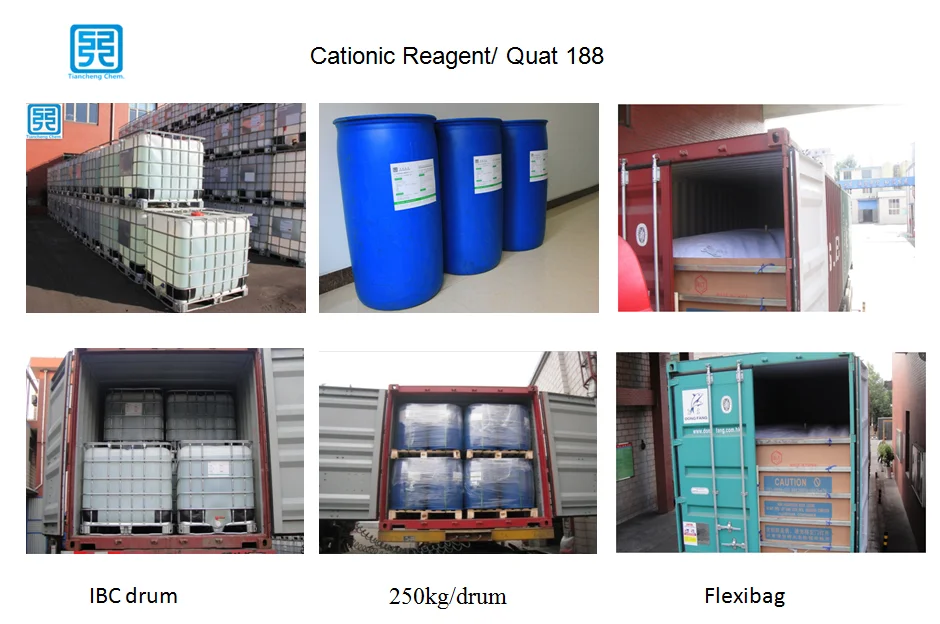Outdoor fly maggot farming, although less productive and less stable compared to three-dimensional breeding methods, offers several advantages such as lower initial investment, quick results, no need for external inputs, no feeding required, and overall low operating costs. This makes it a popular choice among many farmers.
The ideal season for outdoor fly maggot farming typically runs from late April to mid-October each year. The setup for this method is simple and cost-effective. The breeding area should be located away from residential zones, in a shaded but well-lit spot with plenty of wild flies. The size of the area depends on the desired output. Based on experience, an average yield of 0.5 kg per square meter can be expected. A basic shelter—such as a thatched roof, cement tile house, or bark structure—is sufficient as long as it provides protection from rain. To prevent animals like chickens and ducks from entering, a 1-meter-high screen should be installed around the area.
For the manure preparation, a mix of fresh pig manure (within 3 days), chicken manure (within one week), slaughterhouse pig manure, or a combination of pig manure with bean curd residue and chicken manure is commonly used. The moisture content should be about 100%, and the manure should be placed in layers of 20 cm. It can be covered with plastic film and left for 24 to 48 hours before use. In outdoor settings, unfermented manure can also be directly added to the culture pools. Fermented manure is then distributed into the pools in three piles per pool, each measuring 0.8m x 0.2m x 0.15m. Egg-laying is usually done between 4–5 PM every afternoon.
Egg-laying materials can be prepared using a mixture of 100 kg of manure, 1 kg of wheat bran, 2 kg of fish meal, 2 kg of peanut bran, and 1.5 kg of water. Alternatively, dead fish can be placed directly on the dung heap. Once the eggs are laid, the area should remain undisturbed to avoid disturbing the laying process.
Daily management involves placing the ovipositor—preferably dead fish or fish viscera—near areas with high fly activity within 30 minutes. This attracts a large number of flies to lay eggs. By 9 PM, a thin layer of egg material is spread over the eggs to improve hatching rates and protect against ants and other pests. By morning, all eggs will have hatched, and after 36–48 hours, the larvae will have dispersed from the neatly stacked piles. After 72 hours, the first batch of larvae will begin to emerge and naturally separate from the manure. By the seventh day, the maggots should be fully separated from the feces.
If you have 14 ponds, it's recommended to fill two new ponds daily and harvest on the seventh day. On the eighth day, remove the leftover manure from the first batch and replace it with fresh material. This cycle ensures continuous production.
At 10 AM, collect the maggots from the harvesting buckets, remove any remaining waste, and loosen the manure in the other pools. Pile the manure in the center of the pool to ensure proper separation and avoid blockages that could hinder the process.
Although outdoor maggot farming doesn't require feeding, it’s important to add fresh manure and egg-laying materials daily to keep the flies in the vicinity. Their main food source comes from the manure and the egg-laying process itself.
Since these maggots cannot be sterilized, they often carry harmful bacteria. It is advisable to soak them in a potassium permanganate solution for 5 minutes before feeding them to livestock or other economic animals.
3-Chloro-2-hydroxypropyltrimethyl Ammonium Chloride
The water solution at room temperature is 69%, and can be converted into the structure of epoxidation immediately under alkaline condition.
Indicator:
|
Item
|
Result
|
|
Appreance
|
Colorless liquid
|
|
content% ≥
|
69
|
|
1,3-dichloropropanol ppm ≤
|
10
|
|
Epichlorohydrin ppm ≤
|
5
|
|
PH value
|
4-7
|
|
Solubility
|
Soluble in water and 2- alcohol
|
Advantage:
The product appearance is transparent liquid, colorless and tasteless, the impurity content is low, is less than 10ppm.
Because the use of continuous production process, product quality is stability;
The product response rate is higher than 90%.
Application area
1) paper industry
Mainly as a liquid cationic etherifying agent, widely used in fiber, cellulose derivatives and starch modified; as paper internal application of adhesive, filler and fine fiber interception of additives.
(2) textile industry
Liquid cationic etherifying agent react whit cotton fiber, improve the dye binding; reacts with starch obtained cationic starch, as the sizing agent.
(3) water treatment industry
Suspended matters in water is negatively charged, react whit liquid cationic etherifying agent,produce cationic polymer as flocculants are widely used in water purification.
(4) chemical industry for daily use
The reaction of aqueous cationic etherifying agent create cationic guar gum are important chemicals.

3-Chloro-2-Hydroxypropyltrimethyl Ammonium Chloride,69% 3-Chloro-2-Hydroxypropyltrimethyl Ammonium Chloride,65% 3-Chloro-2-Hydroxypropyltrimethyl Ammonium Chloride
Shandong Tiancheng Chemical Co., Ltd. , https://www.tianchengchemical.com
